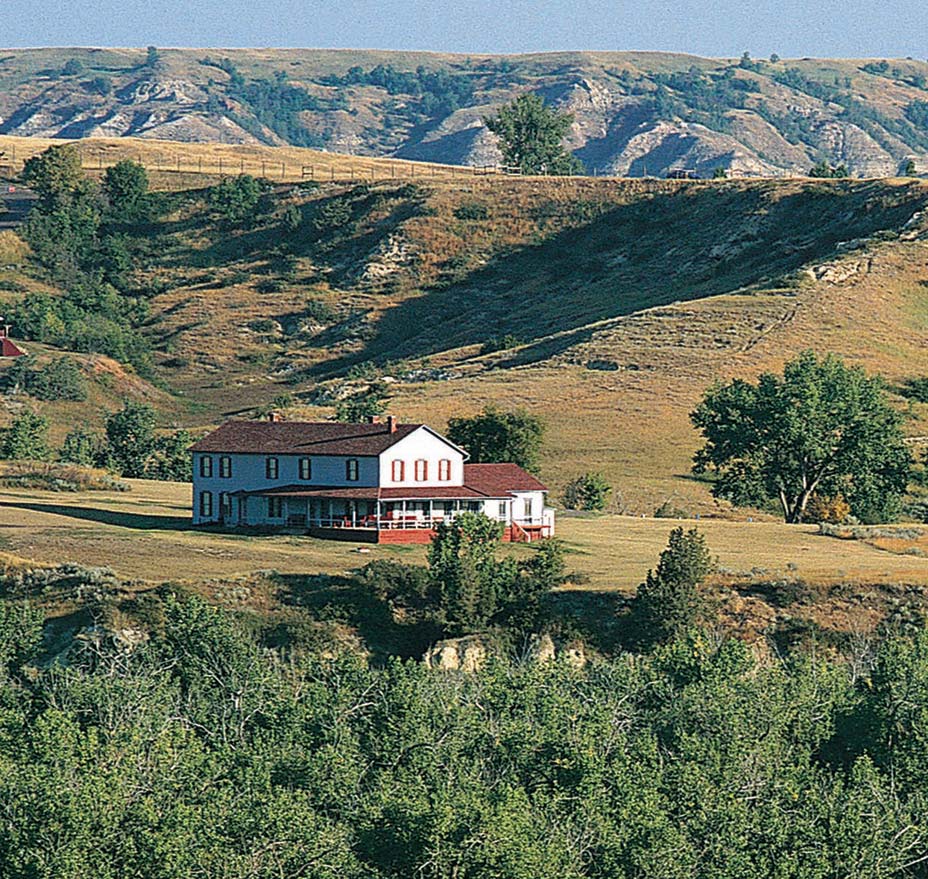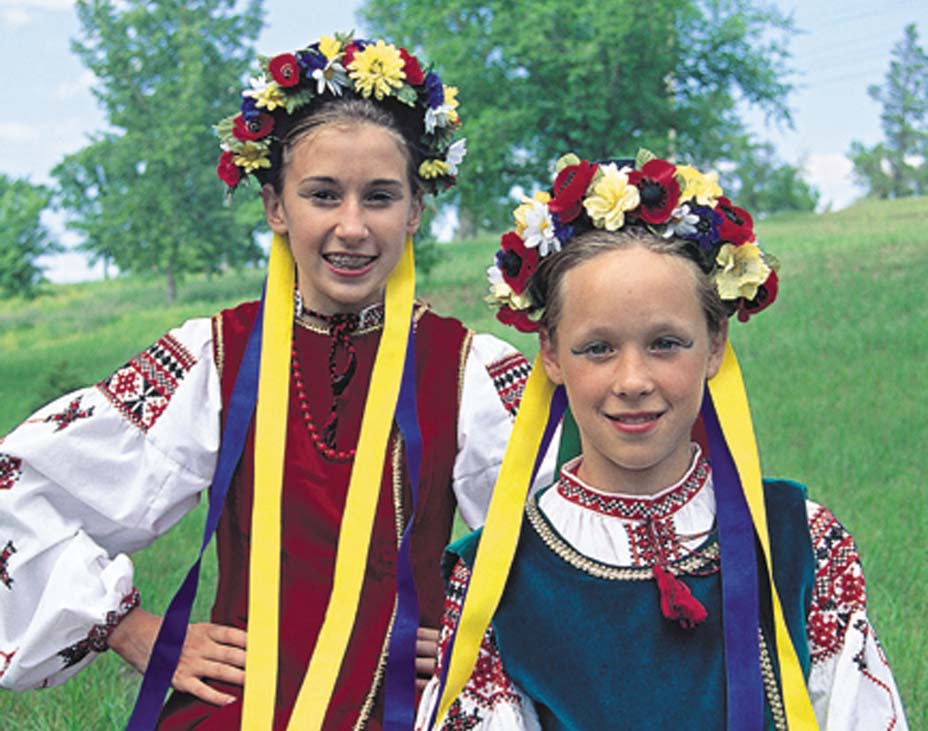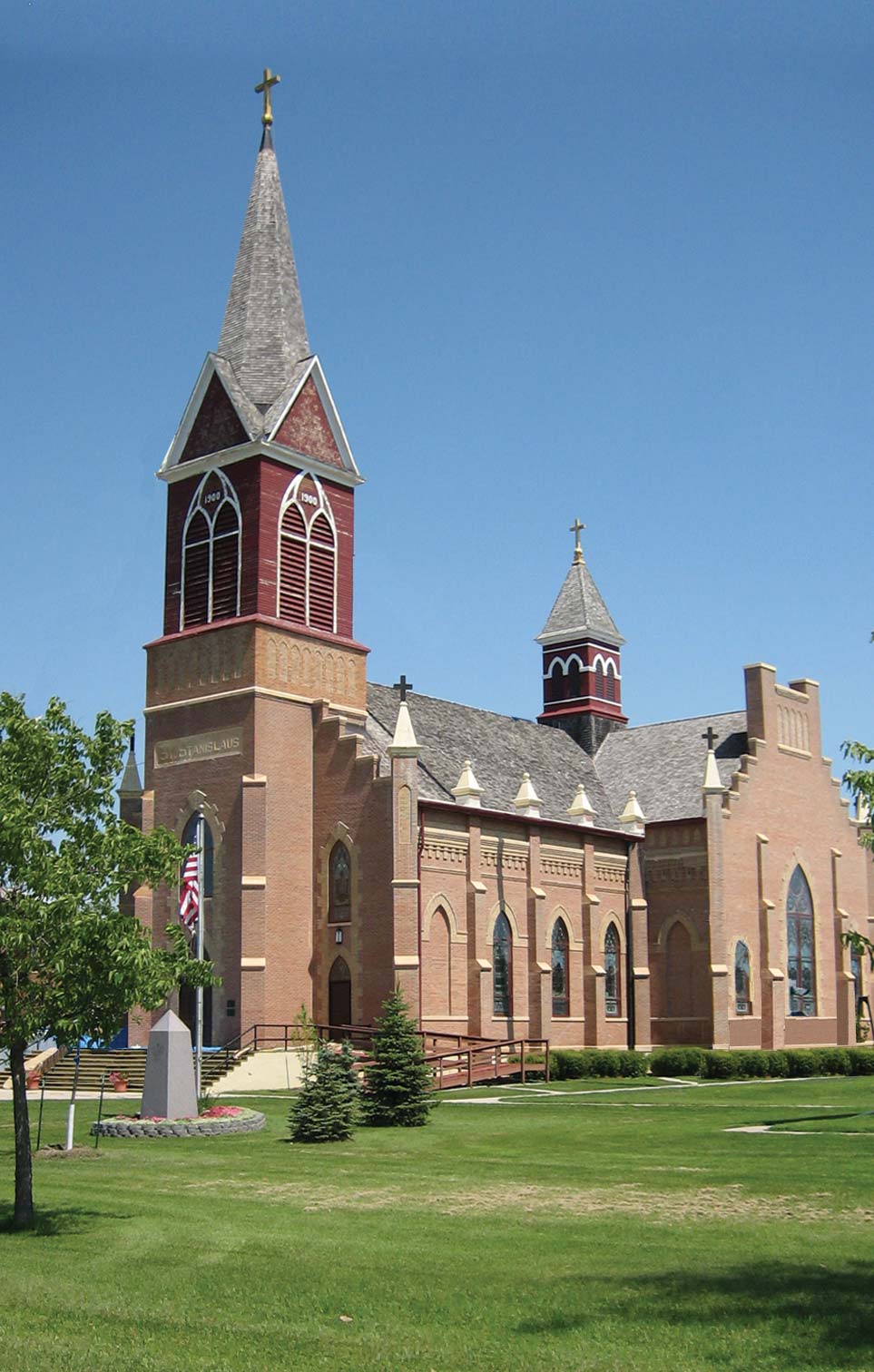
Figure 63. The Chateau de Morès was the home of the French nobleman, the Marquis de Morès. It is located near Medora, North Dakota. (NDTourism, WE0123)
The earliest non-Indian people to visit and settle in North Dakota were French (people from France). Most of them were fur trappers and traders who had been living in Canada before coming to northern Dakota. Many of them married women from the Chippewa and other American Indian tribes in the area. Their descendants were the Métis, who established their own lifestyle that rejected both their tribal and French cultures.
Most of the French families established communities in northeastern North Dakota, but two Frenchmen went into the cattle business in the western part of the state. The Marquis de Morès and Pierre Wibaux (Wee-boe) were both born in France. They were good friends and often visited together at the Chateau de Morès. After three years, the Marquis moved back to France, but Wibaux expanded his cattle empire and became very wealthy.
Bohemian (bo-Hee-me-an) immigrants were also called Czechs (cheks). Bohemia is a region in the present-day Czech Republic, formerly called Czechoslovakia (chek-o-slo-Vahk-ya). This European country is located near Poland and Germany.
The first settlement of Bohemians, or Czechs, in northern Dakota was in Richland County in 1871. Wahpeton and Lidgerwood became important Bohemian communities. Some of the other counties with large Bohemian settlements included Walsh, Dunn, Stark, Morton, and Ward.
A major part of the Bohemian culture, which has survived through the years, was their love of music. Every Bohemian community had school bands, community bands, and dance bands. Weekend dances were held, and these were neighborhood affairs for people of all ages.
Many of the Bohemian immigrants settled in towns and cities rather than on farms. A great number of them had worked in various trades in the “old country” and brought their skills with them. They set up shops and worked as blacksmiths, tailors, leather workers, butchers, and in other trades. Those who did farm were often the first to try out new developments. Czech farmers were among the first to establish telephone systems and to use electricity on their farms.

Figure 64. Ukrainian Dancers. Many immigrants from Ukraine settled near Dickinson and Belfield, North Dakota. (NDTourism, EV0045)
In the late 1800s and early 1900s, several thousand immigrants from the eastern European country of Ukraine established homesteads in North Dakota. Many of them had left their home country to get away from unfavorable living conditions. Areas around Belfield, Dickinson, and Wilton were settled by Ukrainians. The town of Kief was named after the Ukrainian capital, Kiev.
A cultural tradition that Ukrainian women brought with them to this country was the art of pysanky, or Ukrainian egg decorating. Many descendents of Ukrainians in North Dakota still decorate Easter eggs in the Ukrainian tradition. Another cultural form that has survived in a few Ukrainian communities in the state is the traditional Ukrainian dance.
Arab-American immigrants to North Dakota included people from the countries along the Mediterranean Sea, such as Syria, Lebanon, and Turkey. Some of the Arab-Americans were homesteaders, but quite a few of them were merchants who either owned stores or traveled from farm to farm with merchandise. The people who operated these “traveling stores” were called “peddlers.” The homesteaders looked forward to visits from the friendly peddlers who supplied them with needed goods.
Arab-Americans had come from an area where the main religion was Muslim, or Islam. Some of them who settled in Scandinavian communities became Lutheran. Charlie Juma, a Syrian immigrant who settled in Ross, said that being a Muslim was not a lot different from being a Lutheran. He said, “There is a little different beliefs, but we’re all humans.”

Figure 65. St. Stanislaus Catholic Church in Warsaw, Walsh County, North Dakota. It has been called the “Cathedral of the Prairie.” Many Polish immigrants settled in the Warsaw area. (Neil Howe)
Polish (Poe-lish) immigrants settled in Walsh County and established the town of Warsaw, named after the capital of Poland. They built St. Stanislaus Catholic Church, which is so large and fancy that it has been called the “Cathedral of the Prairie.”
In 1908, the Holland Dakota Land Company bought land in North Dakota and tried to convince people from the Netherlands (Holland) to immigrate to North Dakota to farm. Several Dutch (people from Holland) families settled in Emmons County, where they established neat, well-kept farms. The town of Hague was named after the Hague, a city in Holland.
The first non-Indian child born in North Dakota was African-American, or black, born to Mrs. Pierre Bonza in 1802. Later, blacks came to North Dakota to work as cowboys, soldiers, and steamboat workers. A number of blacks, including women, led homestead claims.
Some of the people who came to northern Dakota as workers in the building of the railroads stayed to work in towns or file homestead claims. They included Irish, Japanese, Italians, Chinese, and Greeks. Some of the other groups that settled in the state included Russians, Austrians, Hungarians, and Jews.
Several factors had brought the various ethnic groups to northern Dakota during the “boom” years. The Homestead Act provided free land, and the railroads provided transportation as well as low-cost land. Land in the eastern states had become expensive, so people were interested in obtaining free or low-cost land on the frontier. Also, the bonanza farms had demonstrated that Dakota soil was fertile and would grow good crops.




